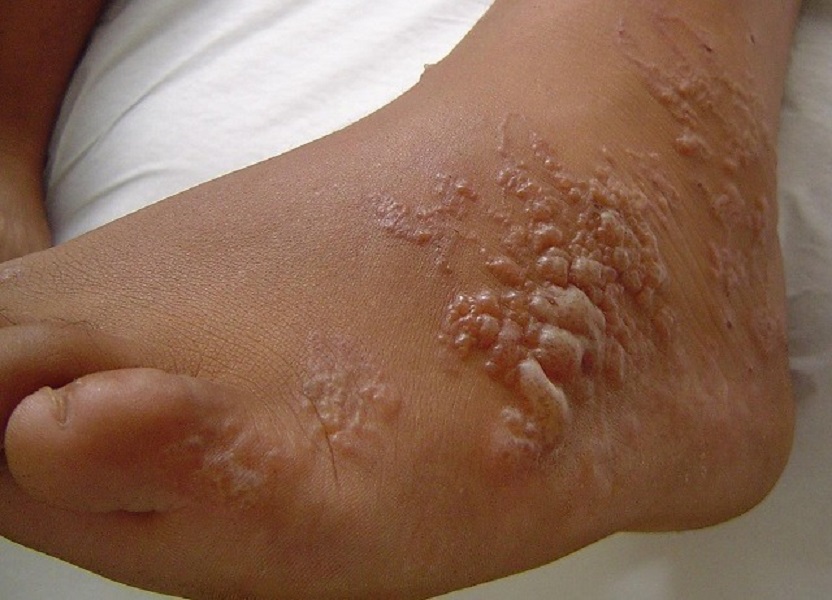Hookworm is discovered around the world, particularly in tropical zones. The worldwide predominance of hookworm disease is more prominent than the past gauge of almost 500 million, so in this manner, its impact to the human well being ought not to be overlooked.
Trichinella spiralis:
This causes trichinosis. It happens around the world, particularly in Eastern Europe and West Africa. The Adult female worms are up to 3-4 X 0.6mm; the grown-up male worms are up to 1.5 X 0.04mm. The incysted hatchlings (1mm) are encased in a stringy blister divider. It is restricted in the small digestive tract (grown-up worms) and striated muscles (hatchlings). Any warm blooded creature (rodent, bear, fox) can be tainted, however pigs are the most imperative stores of human infection. The infective phase of the Trichinella spirals is the Larva. It is transmitted through the wholesome (eating crude or under cooked meat, generally pork, containing hatch lings encysted in the muscle) course.
The hatch-lings encyst and develop into grown-ups inside the small digestive system of host. Male worms kick the bucket after preparation, female worms lay hatch lings. They are discharged and dispersed by means of the circulatory system to striated muscles (stomach, tongue). Hatch-lings encyst in the muscles inside sinewy container and can stay reasonable for quite a while. People are end-organize has, on the grounds that the contaminated substance isn’t devoured by different creatures.
Clinical indications are as per the following: at first looseness of the bowels, stomach torment took after by 1 after 2 weeks by fever, muscle torment, periorbital edema and eosinophilia. Passing, which is uncommon, is for the most part because of congestive heart disappointment or respiratory loss of motion.

Lab finding includes muscle biopsy which would uncover hatchlings inside striated muscle; serologic test (end up positive 3 weeks after disease). Treatment incorporates hostile to parasitic medications, for example, Thiabendazole, Albendazole, Fenbendazole, prednisone, contingent upon what the specialist endorses. Avoidance is finished by legitimately cooking pork and by encouraging pigs just with cooked refuse: pork investigation in butcher houses utilizing a trichinoscope.
Ancylostoma Duodenale and Necator Americanus (hookworms):
They cause ancylostomiasis (snare worm disease). Illness happens fundamentally in youngsters and development specialists who are presented to contaminated soil.
Grown-up worms are 1cm long; Eggs are translucent, oval with limit posts, 40-60 micrometer in estimate. The rhabditiform hatchling is around 0.25-0.5 micrometer with rhabditiform throat (1/3 body length), pointed last part; the filariform hatchlings is around 0.6-0.7 micrometer with tube shaped throat (1/4 body length), forcefully pointed tail. Its host is the people; method of transmission is by infiltration of the skin by filariform hatchling. Its infective stage is the filariform hatchling.
Filariform hatchlings enter the skin, for the most part of feet or legs after introduction to contaminated soil. They are conveyed by the blood to the lungs, relocate into the alveoli and up the bronchi and trachea, and after that are gulped. Hatchlings form into grown-ups in the small digestive tract, connect to the divider with either cutting plates (Necator) or teeth (Ancylostoma). They feast upon blood, up to 0.1-0.3ml for every worm can be lost every day. Juvenile eggs go in the dung around 2 months after disease. The eggs form into rhabditiform hatchlings and afterward into filariform hatchlings (infective stage) in warm, wet soil.
Its clinical manifestations are as follows:
- Intrusive stage (the hatchlings enter the skin); dermatitis and tingling (‘ground tingling’).
- Movement organize: pneumonia with esosinophilia
- Intestinal stage: iron deficiency, looseness of the bowels, stomach torment, and sickness.
Research facility analysis depends on the assurance of eggs in the stool; blood in the excrement is an incessant finding. Albendazole and levamisole drugs have demonstrated powerful in the treatment of ancylostomiasis. Counteractive action is finished by discarding sewage appropriately and wearing shoes.








